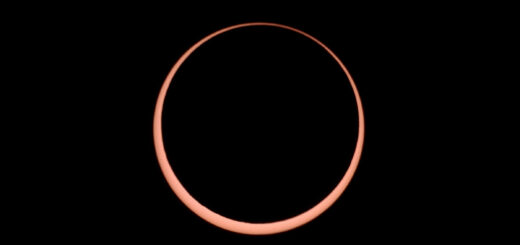5 Ways to Prepare for April 2024 Total Solar Eclipse
Total solar eclipses happen when the Moon crosses in between the Earth and the Sun, briefly blocking the Sun from our view. This happens about every eighteen months, so why are many people excited about the upcoming April 8, 2024 total solar eclipse? Because, although eclipses are fairly common, being in the path of totality is rare! If you do not see the April 2024 total solar eclipse, you will have to wait until 2045 to have the opportunity to view the next one from the United States.
So, let’s discuss five ways to prepare for the April 2024 total solar eclipse.
1. To travel or not?
To plan your eclipse observations, I recommend the eclipse calculators on timeanddate.com For those, like myself, who live in San Diego, I regret to inform you we are NOT in the path of totality. A partial eclipse will be visible here. If you want to see the total eclipse, there are many cities in its path. However, hotels are filling up quickly, so you’ll want to make your travel arrangements soon!
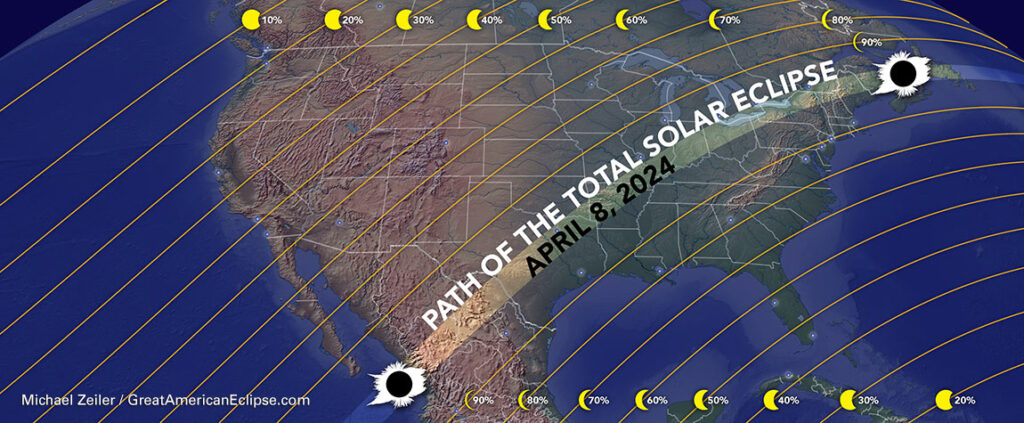
2. Prepare to observe safely.
Never look directly at the Sun. Allow me to repeat myself: NEVER LOOK DIRECTLY AT THE SUN. To observe the eclipse, partial or total, safely, you must have the correct equipment. This can range from very expensive (and awesome) solar telescopes to the much more affordable eclipse glasses. You can even make a pinhole projector at home! Here is a great safety resource guide from NASA.
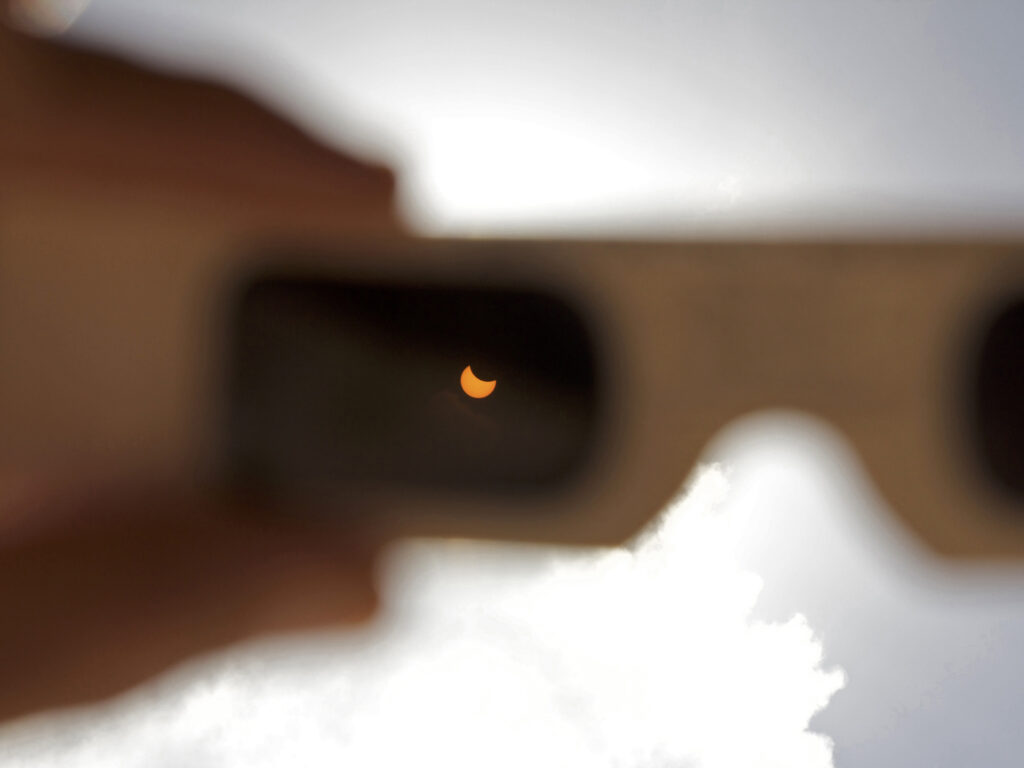
3. Attempt a dry run: October 2023 annular eclipse!
While all the hype is about the April 2024 total solar eclipse, there will be an annular solar eclipse visible from North America on October 14, 2023. Here in San Diego, this will be a partial eclipse, but more of the Sun will be covered than during the April 2024 event, about 70% vs 50%. So, this will be a better observing opportunity for us! Here are how the paths of totality compare for both events (more information about the two eclipses):
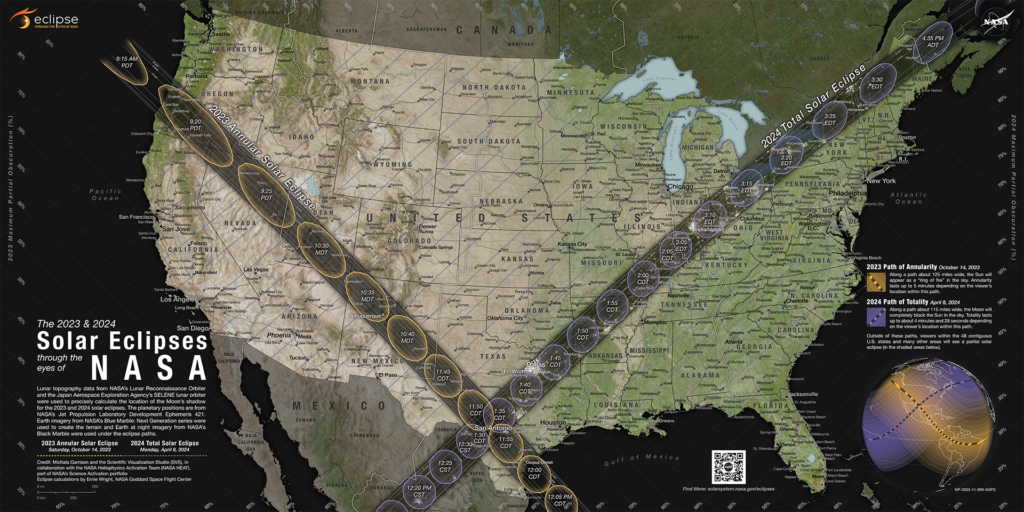
4. Investigate local eclipse events.
If you do not have safe observing equipment of your own or if you just want to enjoy the wonder of an eclipse with a crowd, look into events happening in your community. Typically, local astronomy groups, colleges, museums, libraries, etc… will host viewing parties. These tend to be advertised closer to the date of the eclipse. In the image below, I’m viewing the August 2017 solar eclipse at the Fleet Science Center in San Diego.
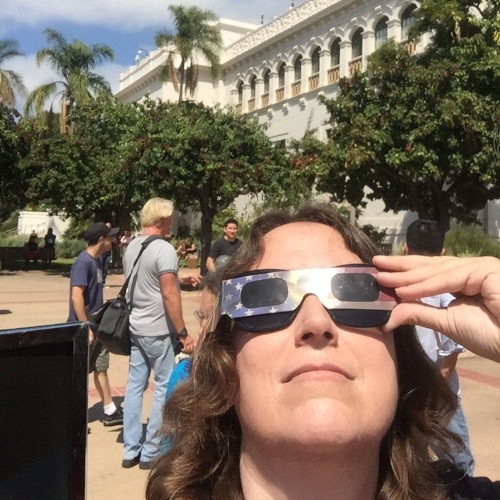
5. Enjoy the day.
Now that you are ready to observe the eclipse, it is time to discuss expectations. You are preparing to do ground-based astronomy observations, which mean you are at the whim of weather conditions. If you travel to totality for the April 2024 event, be aware that this path statistically has a lot of cloud cover during spring. It’s worth a try, though! If you’re clouded out, you can always tune into a livestream of the event. To see what that is like, here is a link to the April 2023 solar eclipse visible from New Zealand and Australia:
And if you do witness the eclipse? Have a journal with you to document your feelings. These events can be emotionally powerful, especially when experienced with a crowd.
Bookmark this page for more news about upcoming eclipses!
Wishing you clear skies!


